 Written by George Takei,
Written by George Takei,
Steven Scott, Justin Eisinger
Art by Harmony Becker
Published by IDW Publishing
We didn’t realize it at the time, but 1960s television had at least one closeted gay actor on almost every hit network show. There was Raymond Burr, Hayden Rorke, Dick Sargent, Richard Deacon, Nancy Kulp, Sheila James, Cesar Romero…and George Takei, Star Trek’s Mr. Sulu.
I’ve never gotten to meet George Takei but I did see him in person once at a Star Trek convention in Louisville, Kentucky in the early 1990s.
I was working the con for Waldenbooks so I wasn’t able to actually get around to see much beyond our own table. I did sneak off for a few minutes, though, and watch George speaking to the crowd in that marvelous voice of his.
I can almost hear that memorable voice in George’s new graphic novel memoir, It Rhymes with Takei, adapted by Steven Scott and Justin Eisinger and illustrated by Harmony Becker.
Harmony Becker previously handled the artwork for George’s earlier graphic memoir, They Called Us Enemy, which dealt largely with the US Japanese internment camps of WWII.
It Rhymes with Takei fills in the massive blanks George left in his bestselling autobiography of the 1990s by sharing the story of his being a secretly gay man. It’s a book about love, not sex, a book about the pain of hiding one’s true self. It’s a book about fear, about ambition, about shame, about hollow success, and, most of all, it’s a book about growth.
We follow George Takei from childhood to today, where he’s become a lofty social and political guru of the left, and in the process, we learn a lot about the times he came through to get here as his true self. Much, but not all, of the internment camp stuff from his previous book is streamlined here in favor of the current narrative of his realization of his sexual preferences.
We get to see his unpopular decision to become an actor in the first place, his struggles for stage and screen roles, and, eventually, some success with Star Trek. I’m particularly impressed by his diplomacy as far as William Shatner is concerned, as Shatner has always been an insecure actor and pretty much every cast member had a love/hate relationship with him…except for one or two who just had the hate part
We see George’s interactions with Gene Roddenberry and John Wayne, and with presidential candidate George McGovern, all through the perspective of a closeted gay man. We see his angst as he attempts to find connection, to find love, in a world that almost universally saw homosexuality as a deviant lifestyle.
And then there was AIDS, which, while it didn’t touch him personally, nightmarishly affected his private world and his friends…and America’s initial reactions to it were arguably just as nightmarish.
George entered the world of politics, wanting to help, to make a difference, to guide the world a step or two closer to the more tolerant and understanding realities of Star Trek, perhaps. As the book continues, the reader really picks up on his continued evolution and growth as a person. Toward the end, we cover a number of real-life political issues George supported or stood up to in recent years.
He meets his true love, he marries, and he eventually reveals his true self to the world. The world is surprisingly accepting, but, as happens far too often, some of those closest to him are not.
The latter third of the book feels more episodic, with some major points and issues being forced into smaller sections as the promise of the Obama years degenerates into the intolerant Trump Presidencies, and takes way too much of public opinion with it.
But in the long run, the George Takei story is a triumphant one, and It Rhymes with Takei ends on an upbeat note, while outside of the book, the real George Takei continues.
Booksteve recommends.

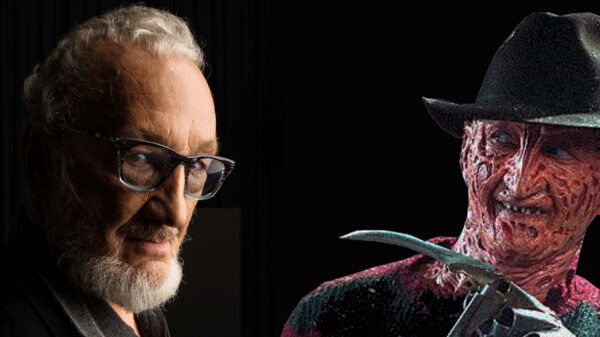




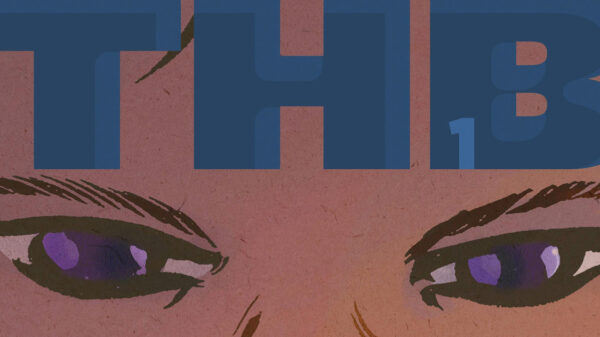

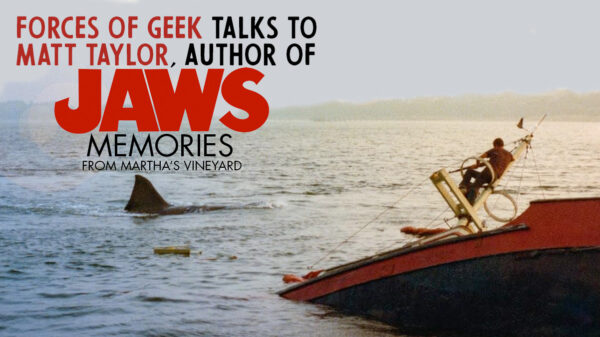
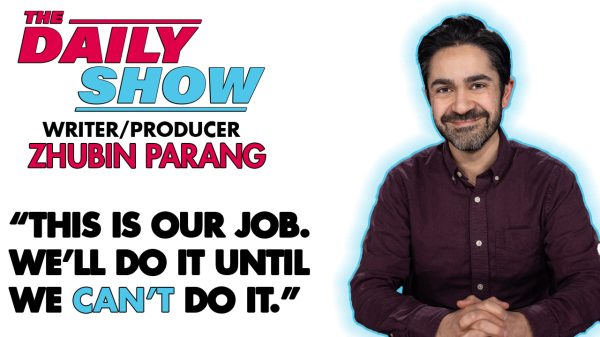

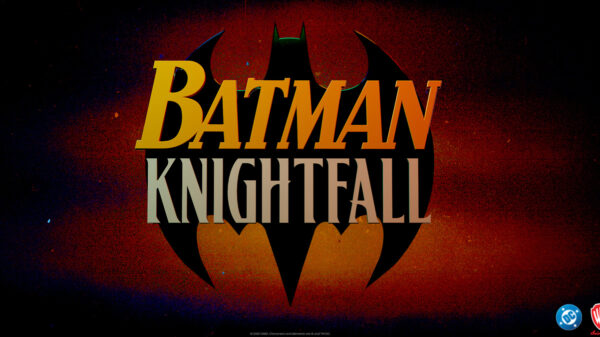


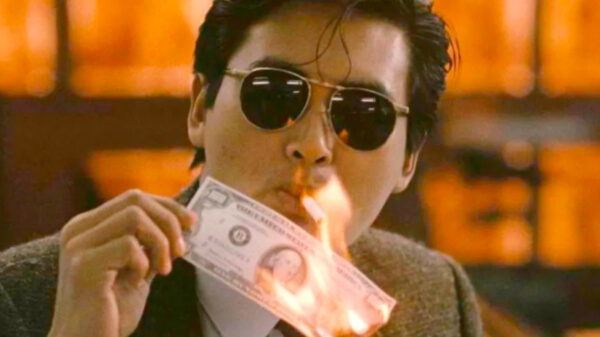





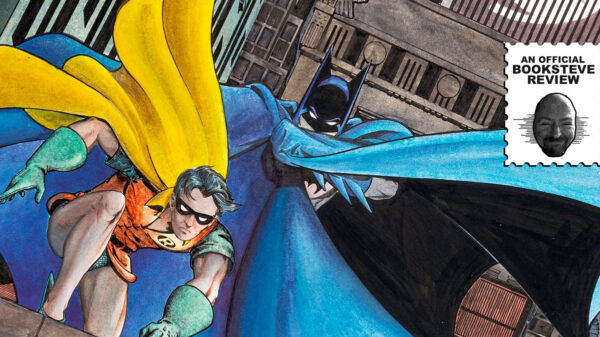
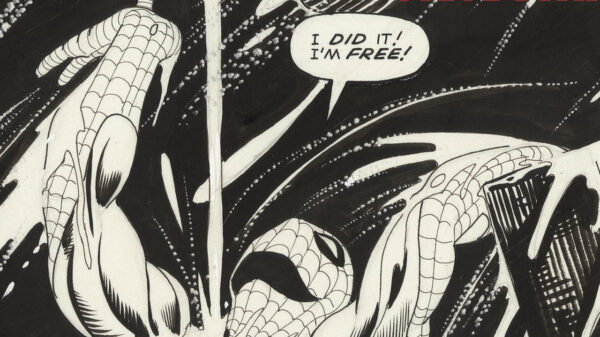
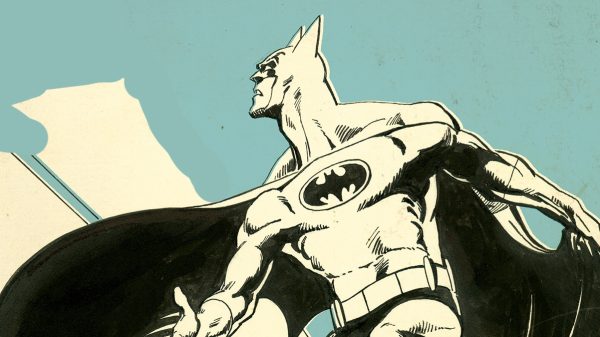

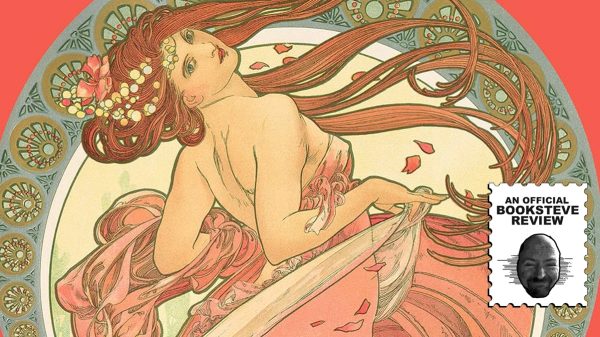

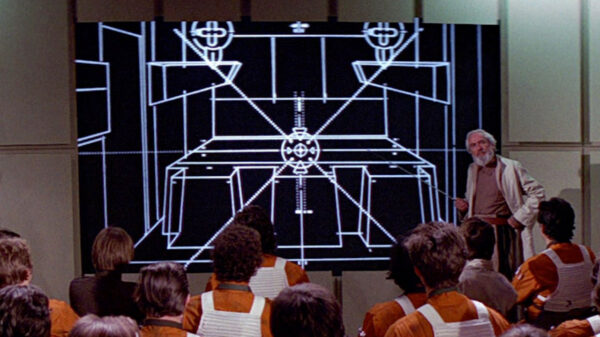

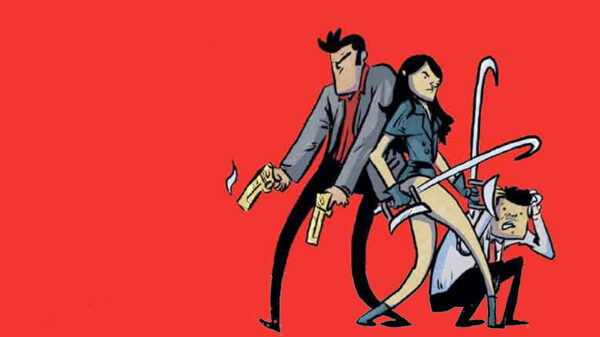
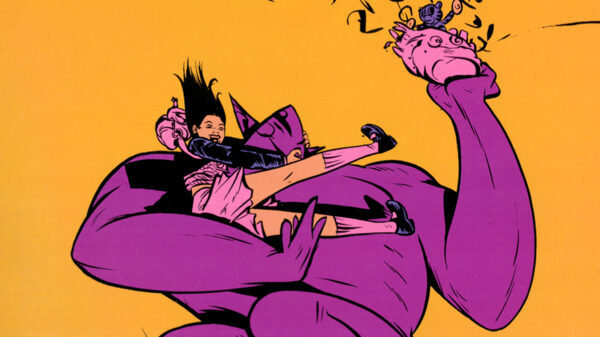
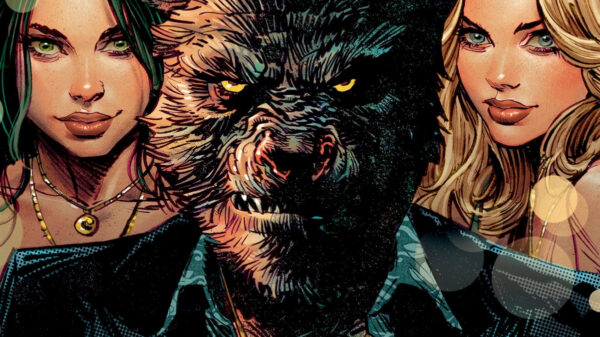
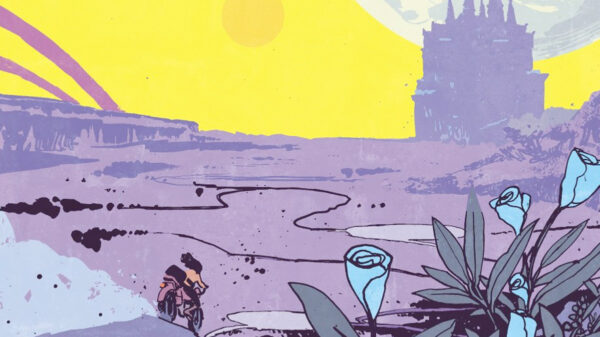





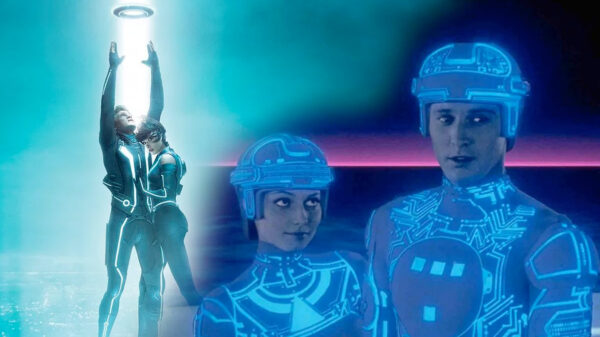
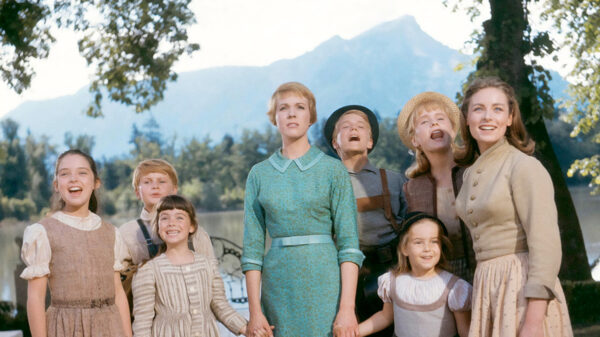
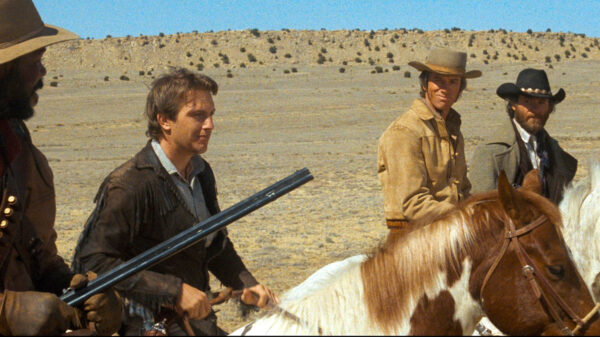


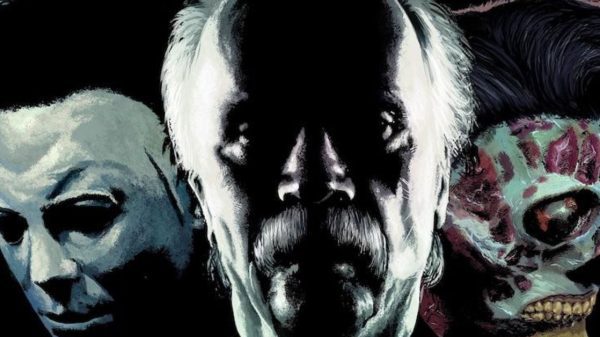
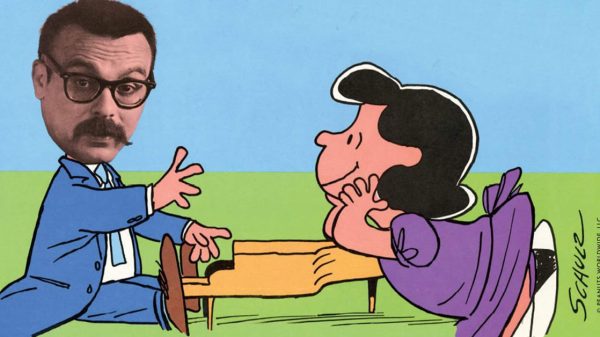
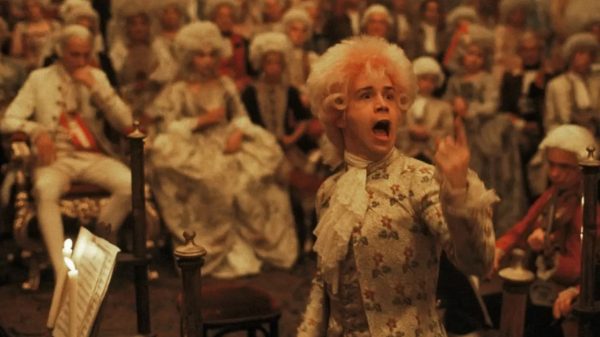








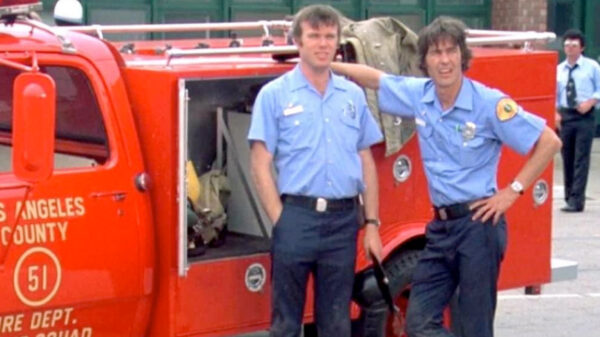
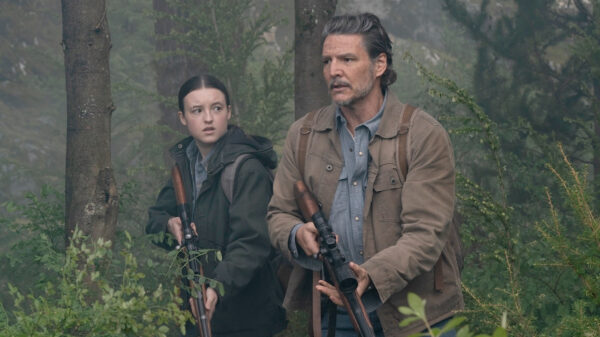
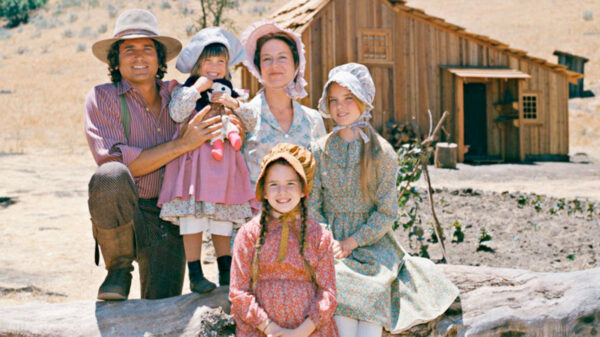



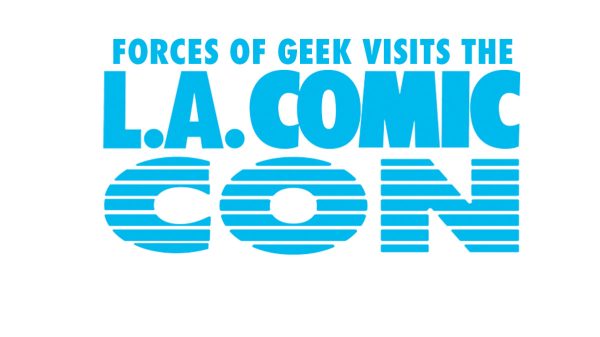
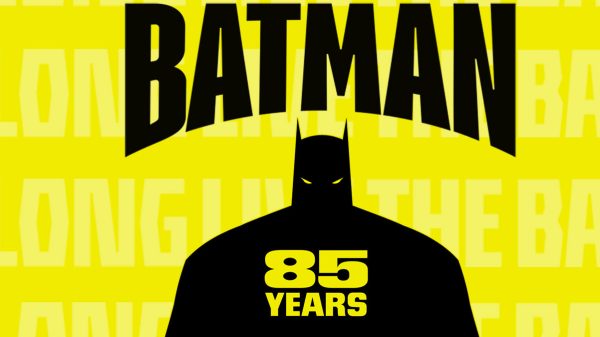
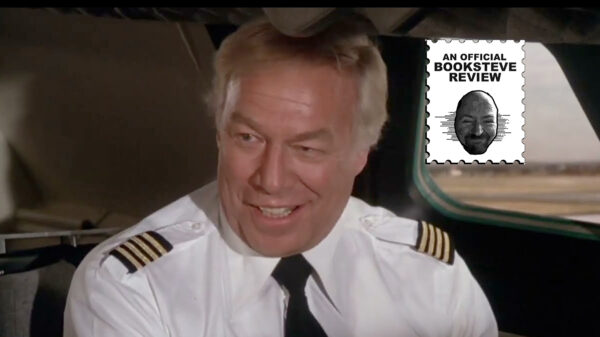


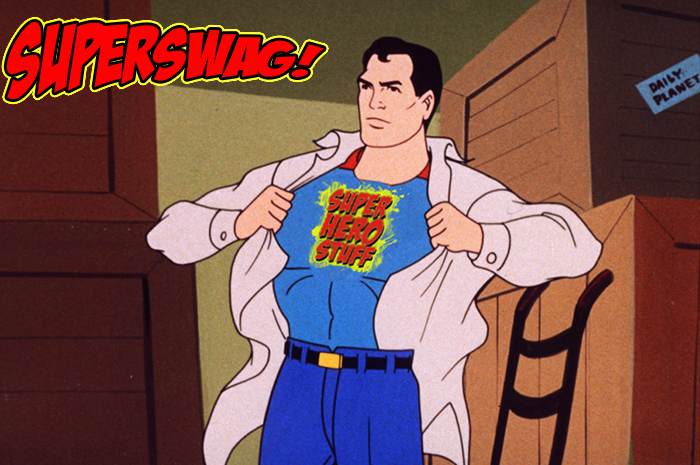

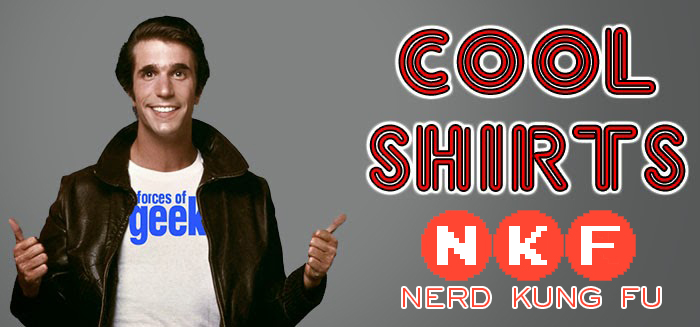
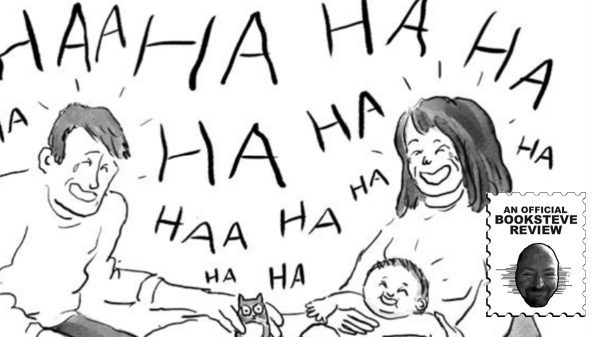








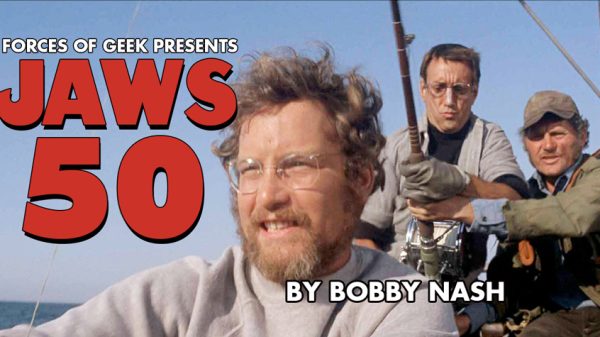









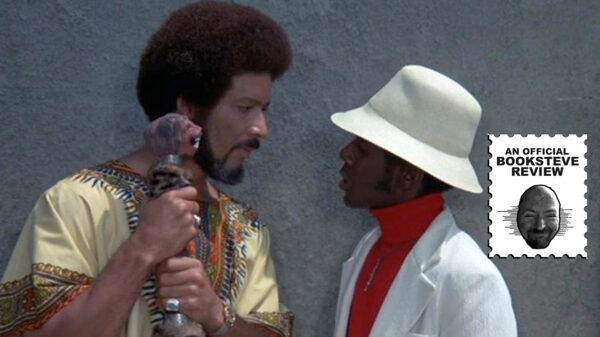
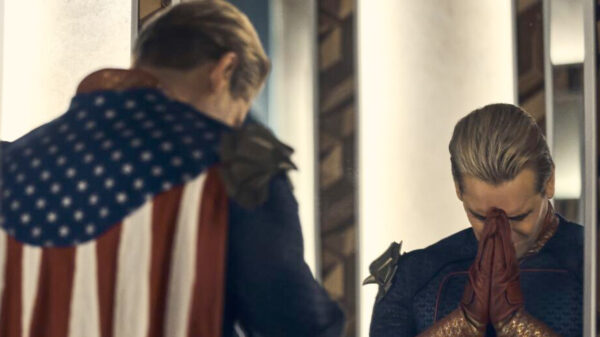






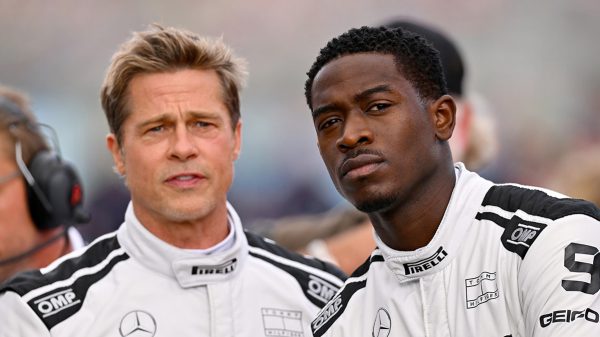



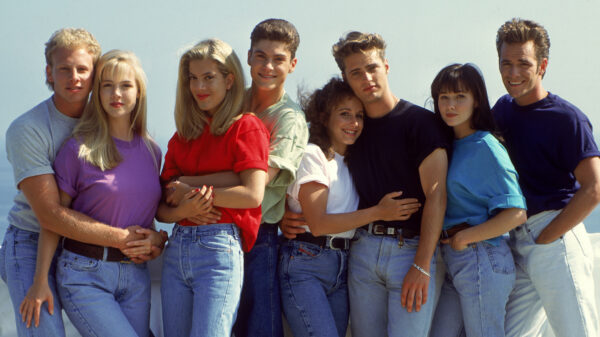

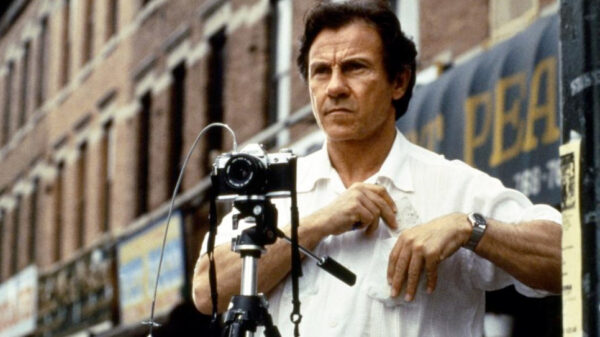
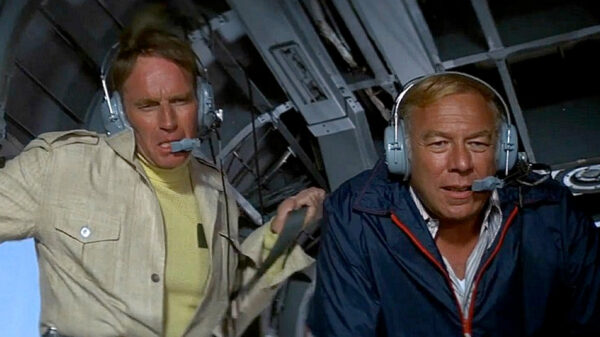
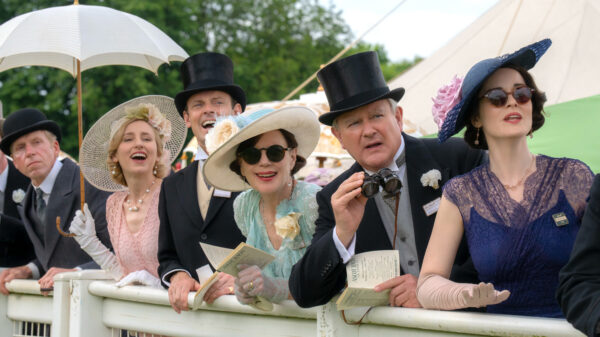




You must be logged in to post a comment Login